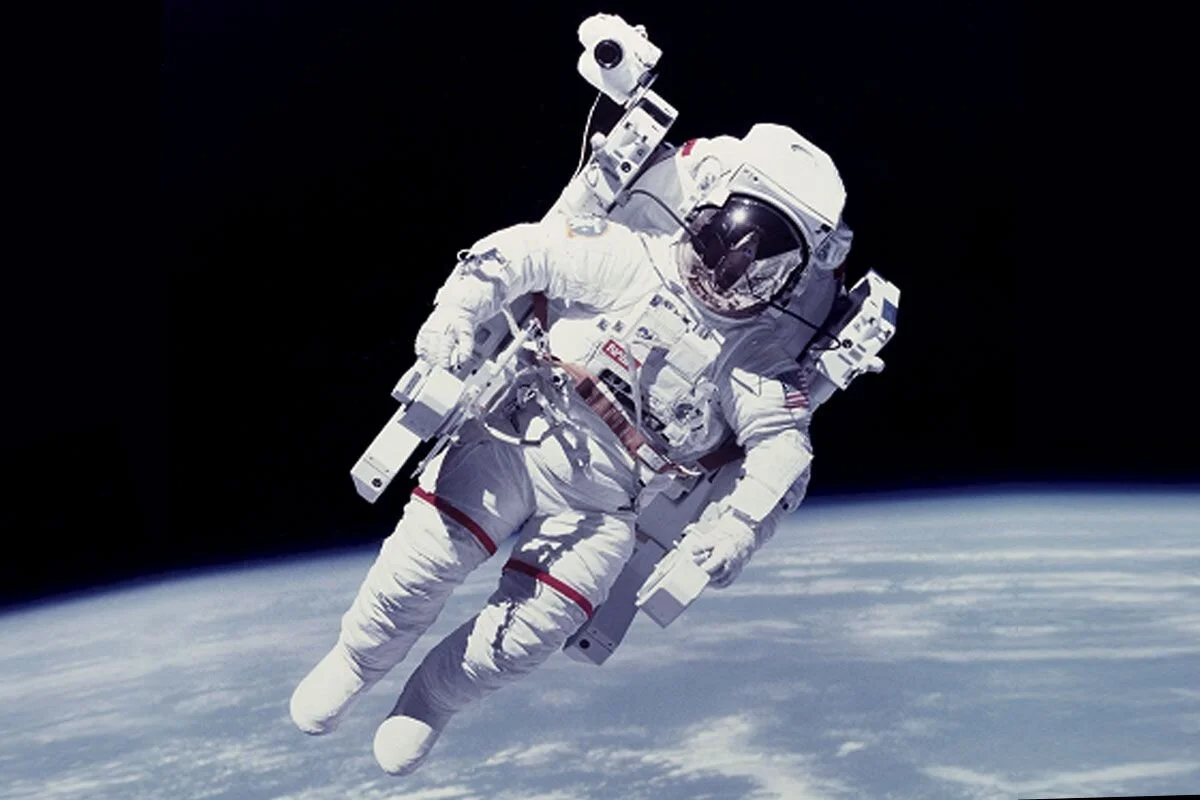Spaceflight Osteopenia: New Potential Countermeasures
Study Rationale:
Spaceflight osteopenia is a condition experienced by astronauts during their space travel. Due to the microgravity environment and ionizing radiation, astronauts lose about 1% to 2% of their bone density per month in space. Depending on space travel duration, it can take three to four years for astronauts to recover from medical complications caused by spaceflight osteopenia. In more severe cases, spaceflight osteopenia can result in osteoporosis, a bone disease caused by an imbalance in bone remodeling processes. Besides the risk of developing osteoporosis, prolonged spaceflight osteopenia can increase the risk of postural dysfunction, bone fracture, vertebral damage, and even spinal cord injury. Since technological advancement allows astronauts to prolong their stay in space, spaceflight osteopenia is becoming a more significant factor to consider for space travel. In other words, spaceflight osteopenia is expected to affect every astronaut in space.
Study Impact and Next Steps:
Current countermeasures for preventing spaceflight-induced osteoporosis include a two-hour daily resistance exercise routine, bisphosphonate administration, and relevant nutrient intakes such as calcium and vitamin D. More interestingly, a recent study in 2020 by The Jackson Laboratory, UConn Health, and Connecticut Children’s research team proposed the inhibition of myostatin and activin A signaling pathway as a promising approach to protecting spaceflight mice against microgravity-induced osteopenia. Myostatin is a growth hormone, and activin A is a type of cytokine involved in tissue homeostasis.
For the next 15 weeks, we invite you to join me and investigate myostatin and activin A biochemical pathways, as well as other plausible alternative approaches to protect the health of our astronauts as they continue space exploration. Optimistically, a solution to alleviate spaceflight-osteopenia could also benefit over half of Americans above 50 years of age currently living with osteopenia (data from Harvard Health Publishing).

